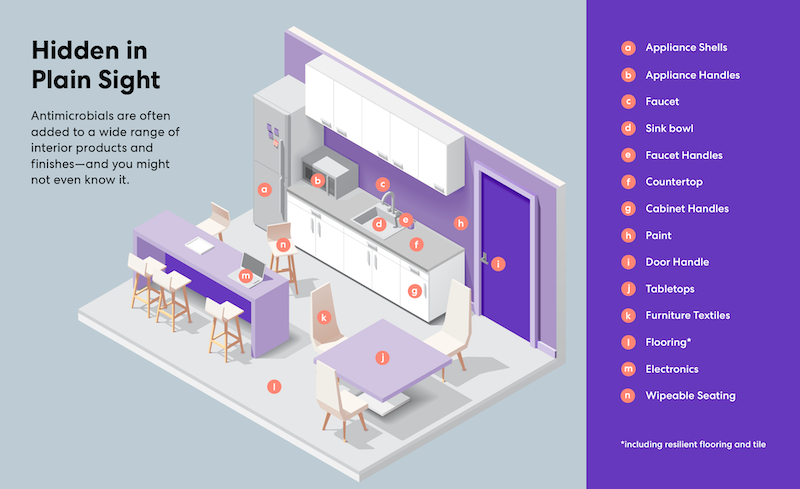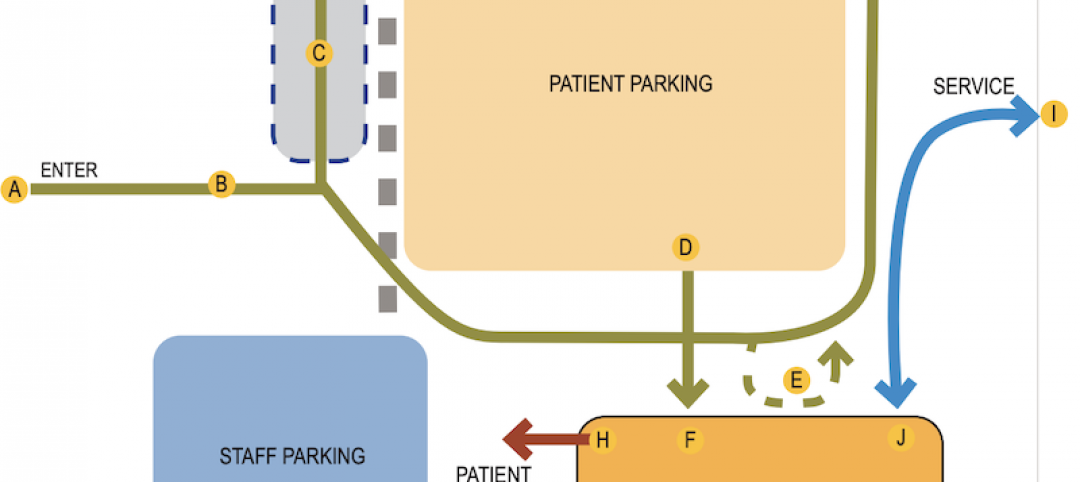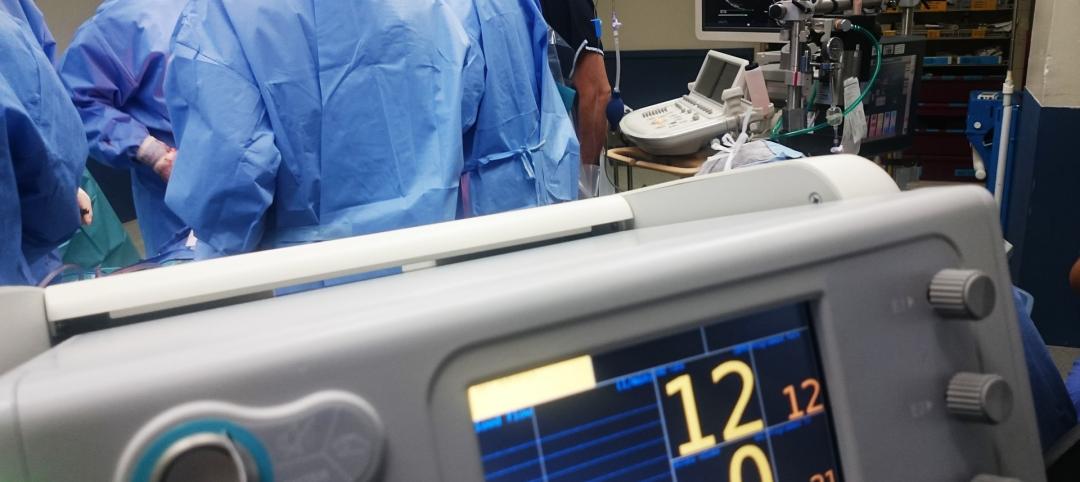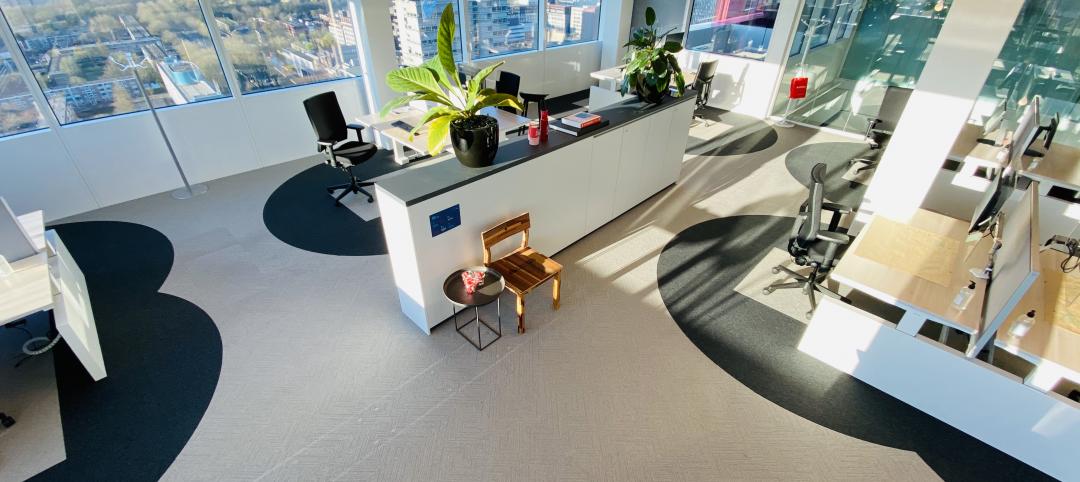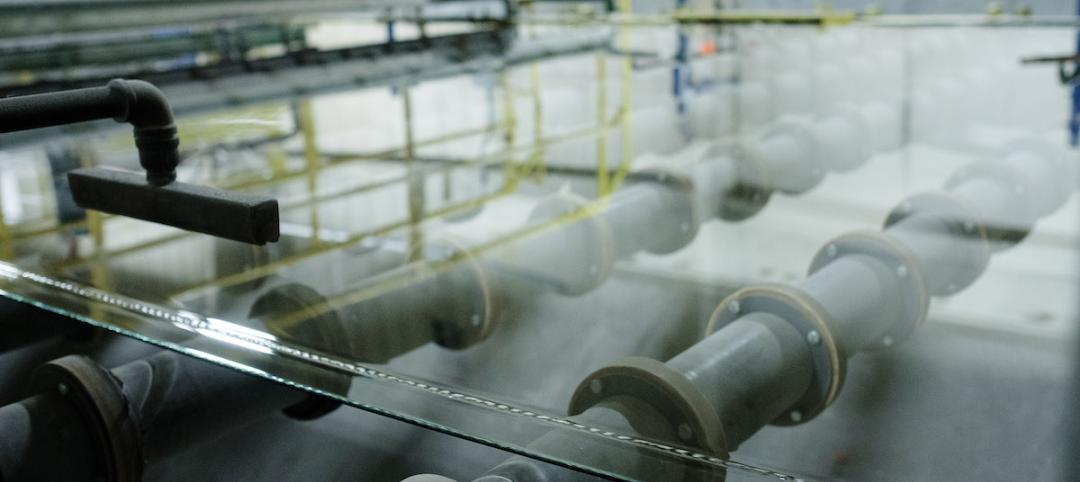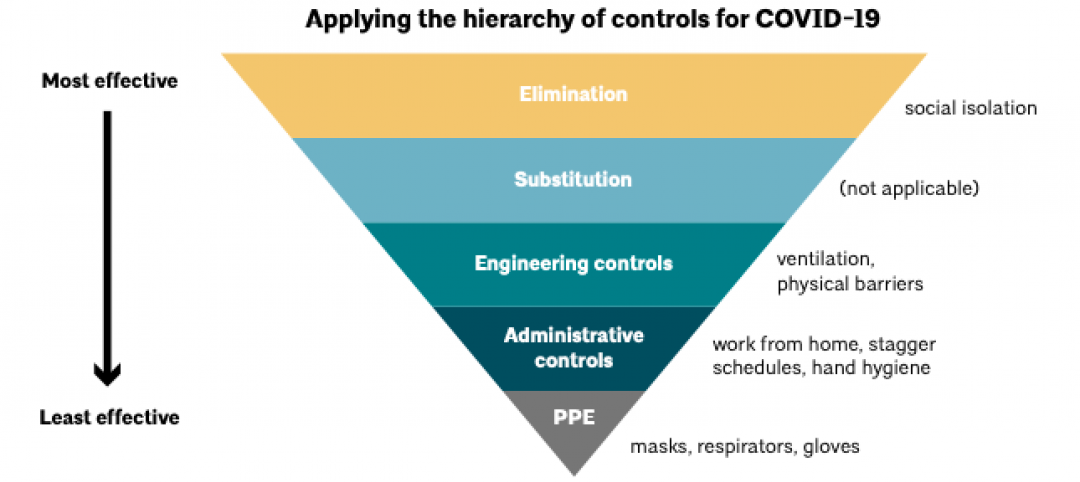According to Perkins and Will and the nonprofit Healthy Building Network, building products with antimicrobial treatments are not proved to be a safe or effective means of controlling the spread of COVID-19.
The two organizations issued a statement reaffirming the conclusion of their March 2017 white paper on antimicrobial building products: Antimicrobial additives have not been proven to have the health benefits they promote, and alternatives should be sought wherever possible. No scientific evidence exists that demonstrates any health benefits from antimicrobial additives in building products and materials. “There is no evidence that the addition of antimicrobials to building products lowers the rate of infection or that they lead to a healthier population,” said Teresa McGrath, HBN Chief Research Officer and Toxicologist. These products include textile, furnishings, flooring, tiles, and other surfaces and interior finishes.
It is quite the contrary, in fact, as evidence suggests that with repeated human exposure, antimicrobials can inadvertently contribute to the formation of “super bugs” that are resistant to medical treatment. Antimicrobial additives have also been shown to leach out of materials during use and enter drains and water treatment facilities. Some antimicrobials, such as nano silver, are considered toxic to humans and entire aquatic ecosystems. Another issue with antimicrobial products is that they can create a false sense of security, which may lead to a reduced role of proper cleaning and less-diligent facility maintenance.
Related Stories
Coronavirus | May 22, 2020
Designing a health facility for the next pandemic
Planning with intent is the key to readiness, states Eppstein Uhen Architects, the guide’s author.
Coronavirus | May 22, 2020
COVID-19: Healthcare designers look to the future of medical facilities in light of coronavirus pandemic
The American College of Healthcare Architects (ACHA) has released the key findings of a survey of its members revealing their insights on the future of healthcare architecture and the role of design in the context of the COVID-19 healthcare crisis.
Coronavirus | May 18, 2020
Will empty hotels provide an answer for affordable housing shortage?
A Los Angeles-based startup sees the Midwest as most fertile for adaptive reuse.
Coronavirus | May 18, 2020
Infection control in office buildings: Preparing for re-occupancy amid the coronavirus
Making workplaces safer will require behavioral resolve nudged by design.
Coronavirus | May 18, 2020
Global design firms collaborate on new COVID-19 mobile testing lab to bring testing to vulnerable communities worldwide
Perkins and Will, Schmidt Hammer Lassen Architects, and Arup Group develop scalable solutions for increased testing capacity within high-density and under-served neighborhoods.
Coronavirus | May 11, 2020
Experts offer a 13-point plan to reduce coronavirus deaths in nursing homes
Two nationally recognized experts in the design of senior living facilities offer a 13-point plan to protect our frailest citizens.
Glass and Glazing | May 8, 2020
Vitro Architectural Glass releases guide on decontaminating glass surfaces
The five-page technical document offers methods for cleaning and sanitizing glass surfaces.
Coronavirus | May 7, 2020
White paper clarifies steps, roles for use of metal composite material
Responsibilities of manufacturers, distributors, and fabricators outlined.
Coronavirus | May 7, 2020
Architects release new resource for safer re-occupancy of buildings
The American Institute of Architects (AIA) is releasing a new Re-occupancy Assessment Tool today that provides strategies for limiting exposure to COVID-19 in buildings.
Coronavirus | May 6, 2020
Reopening Main Street post-COVID-19 quarantine
Cities and communities will need to adjust public space to allow customers back in with distancing in mind.


